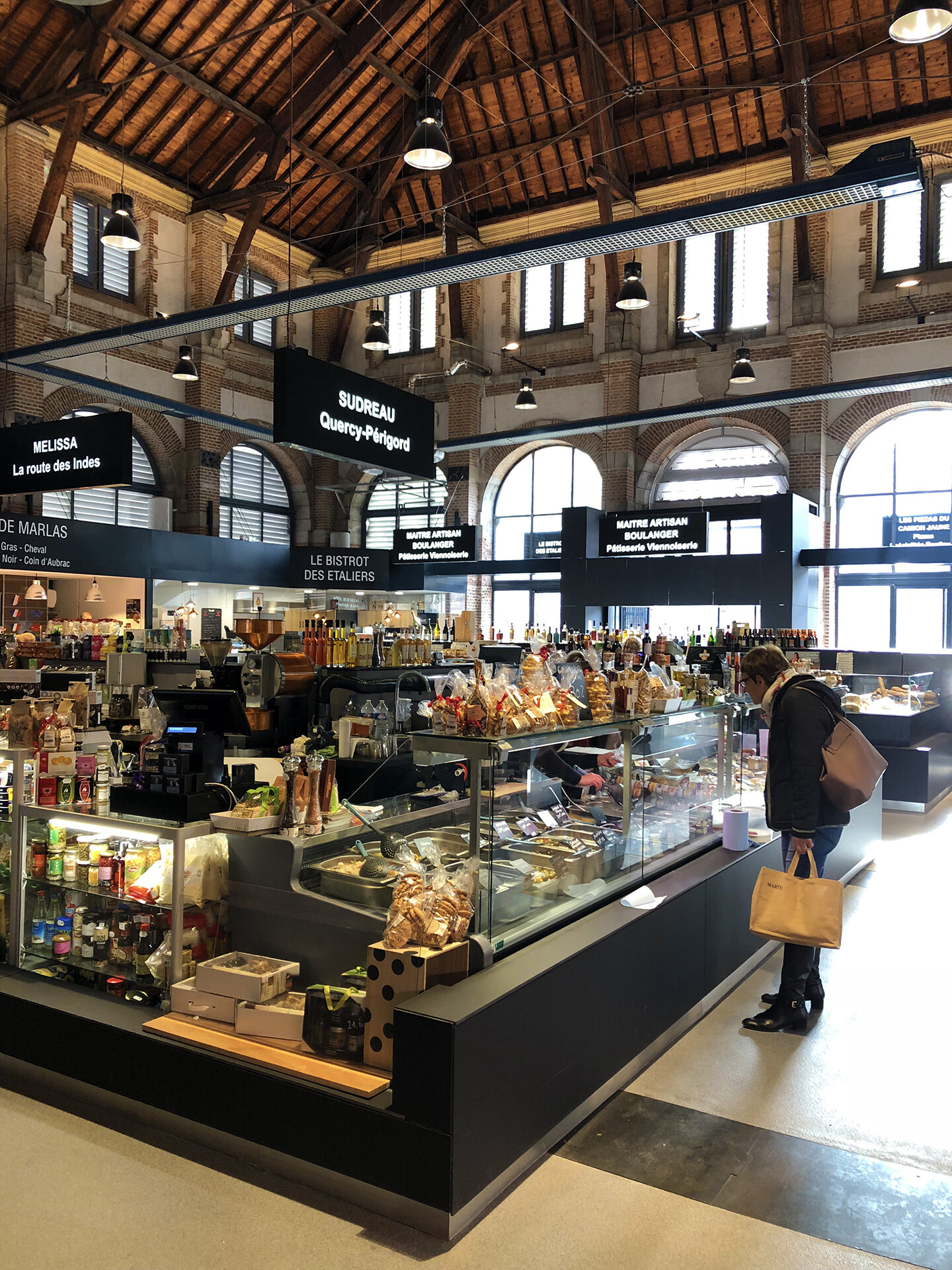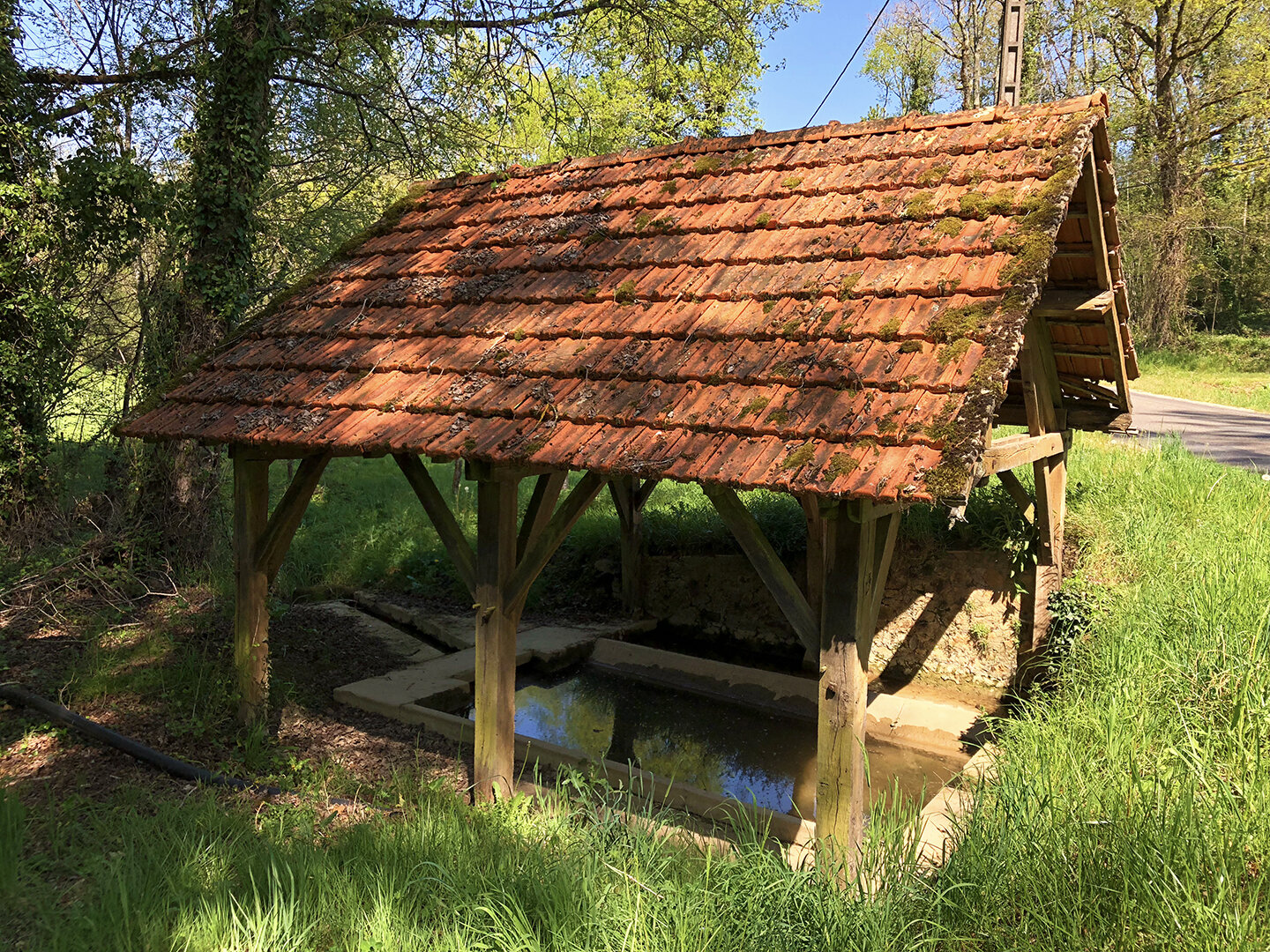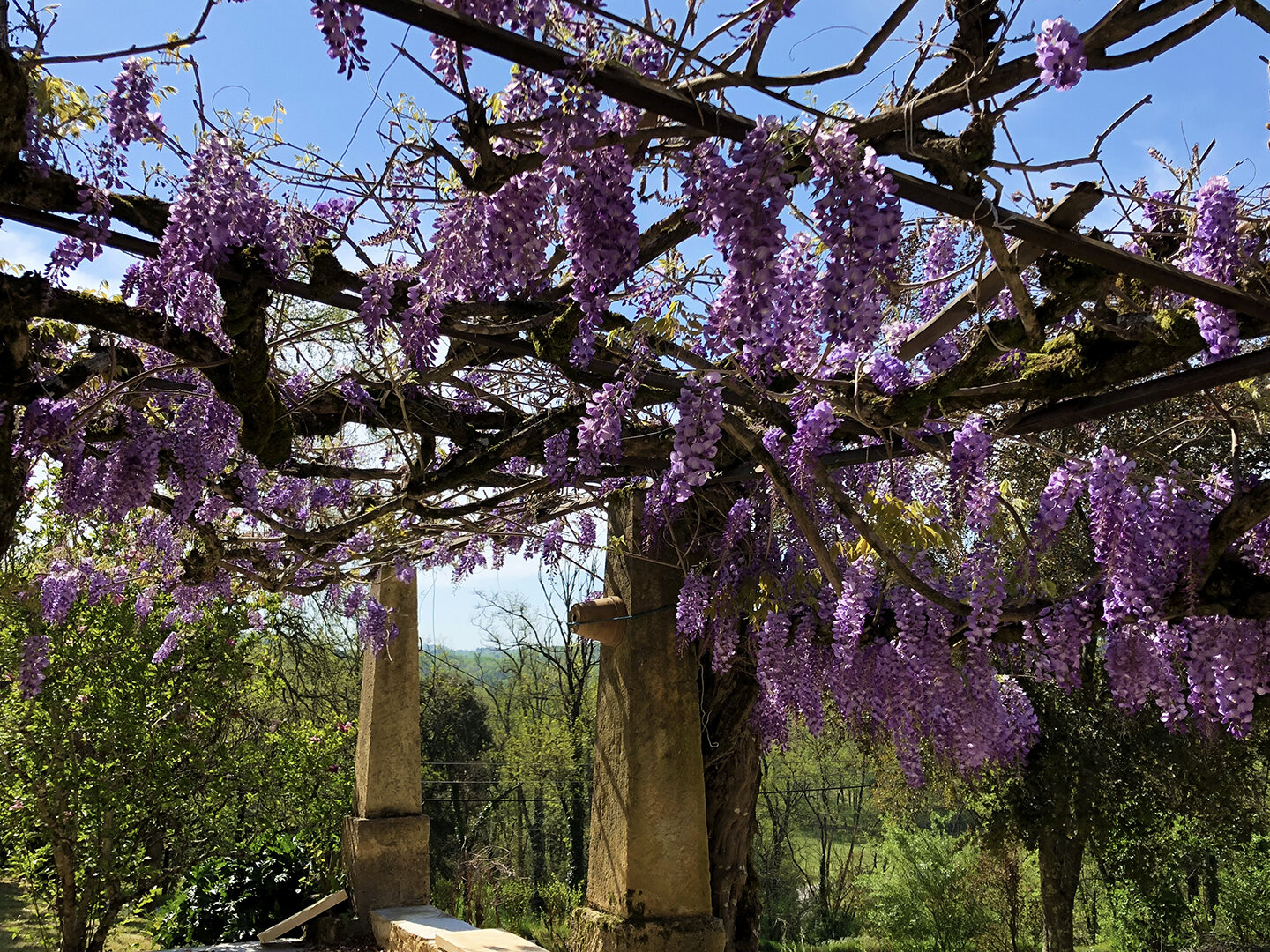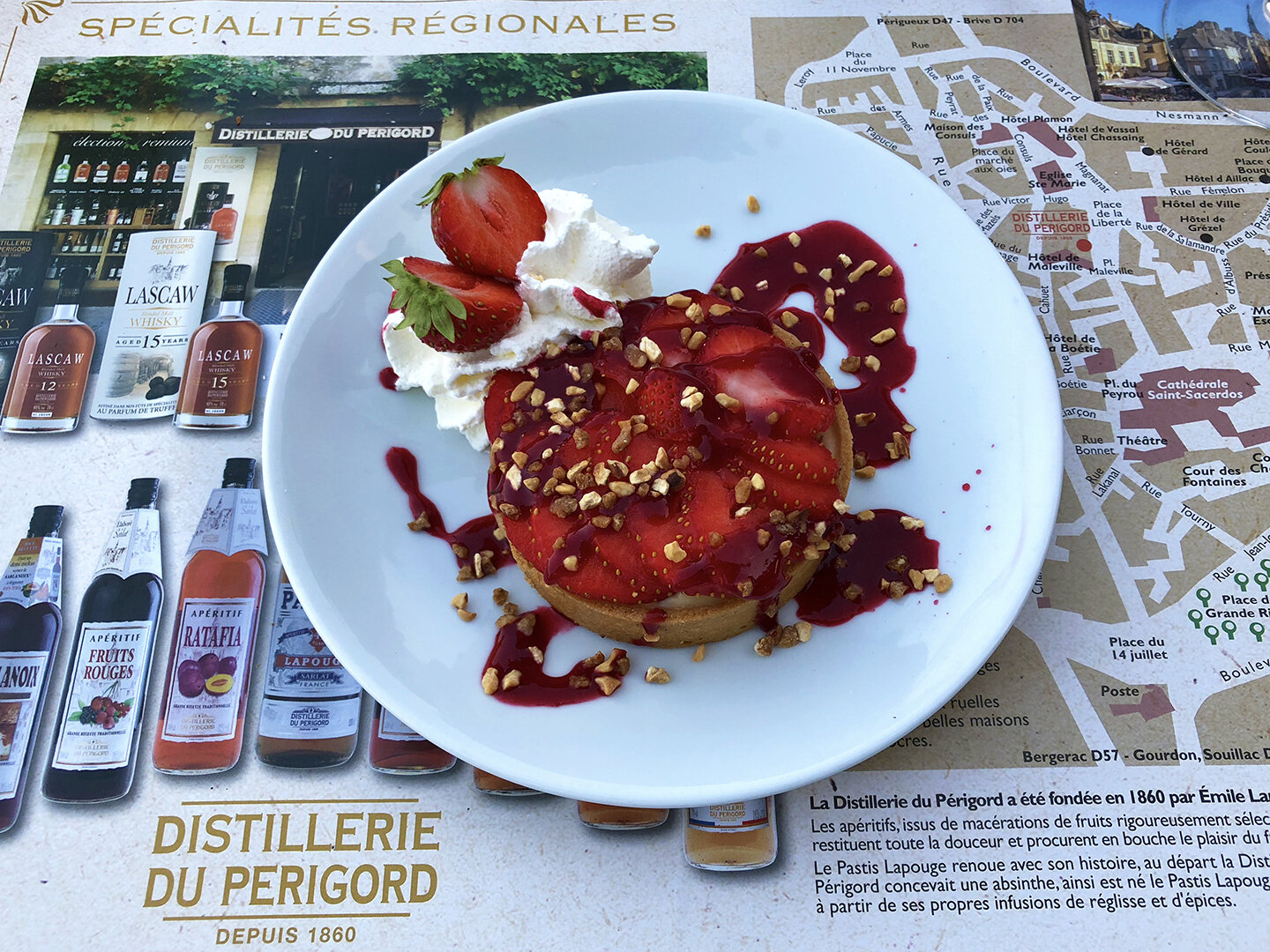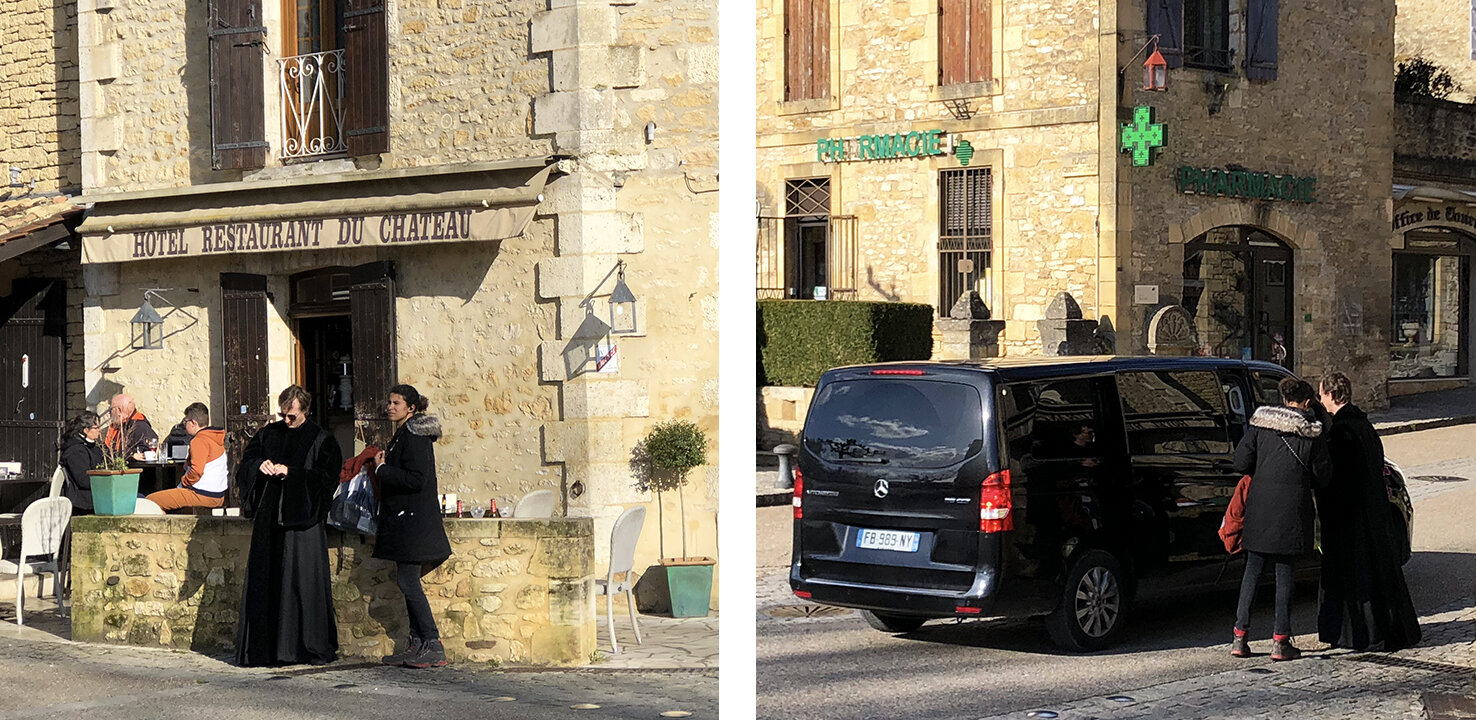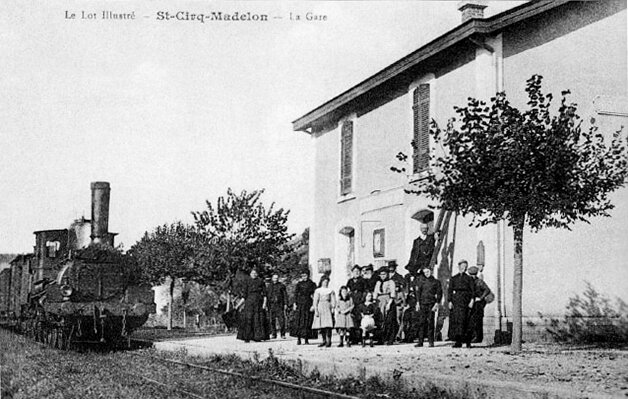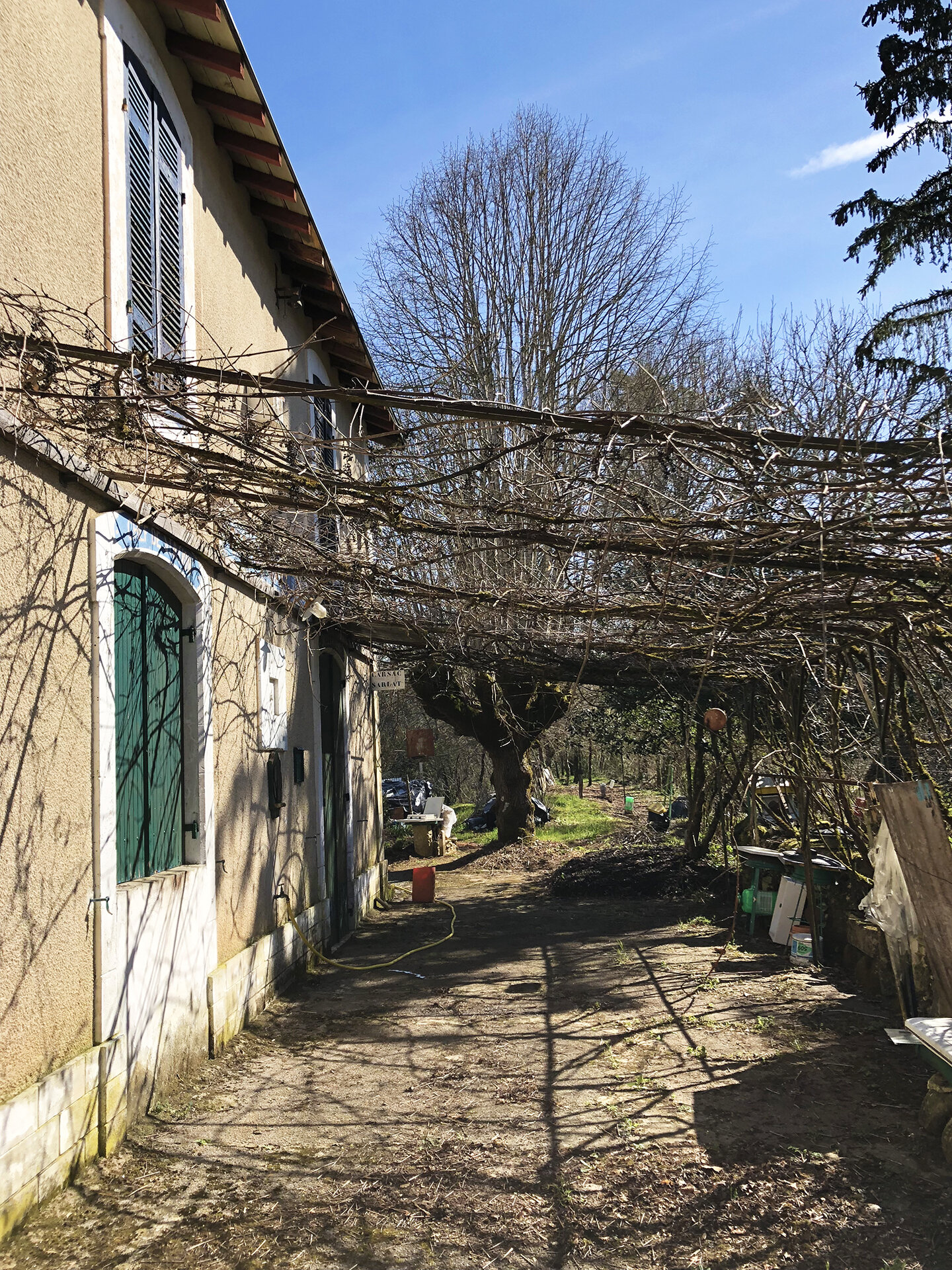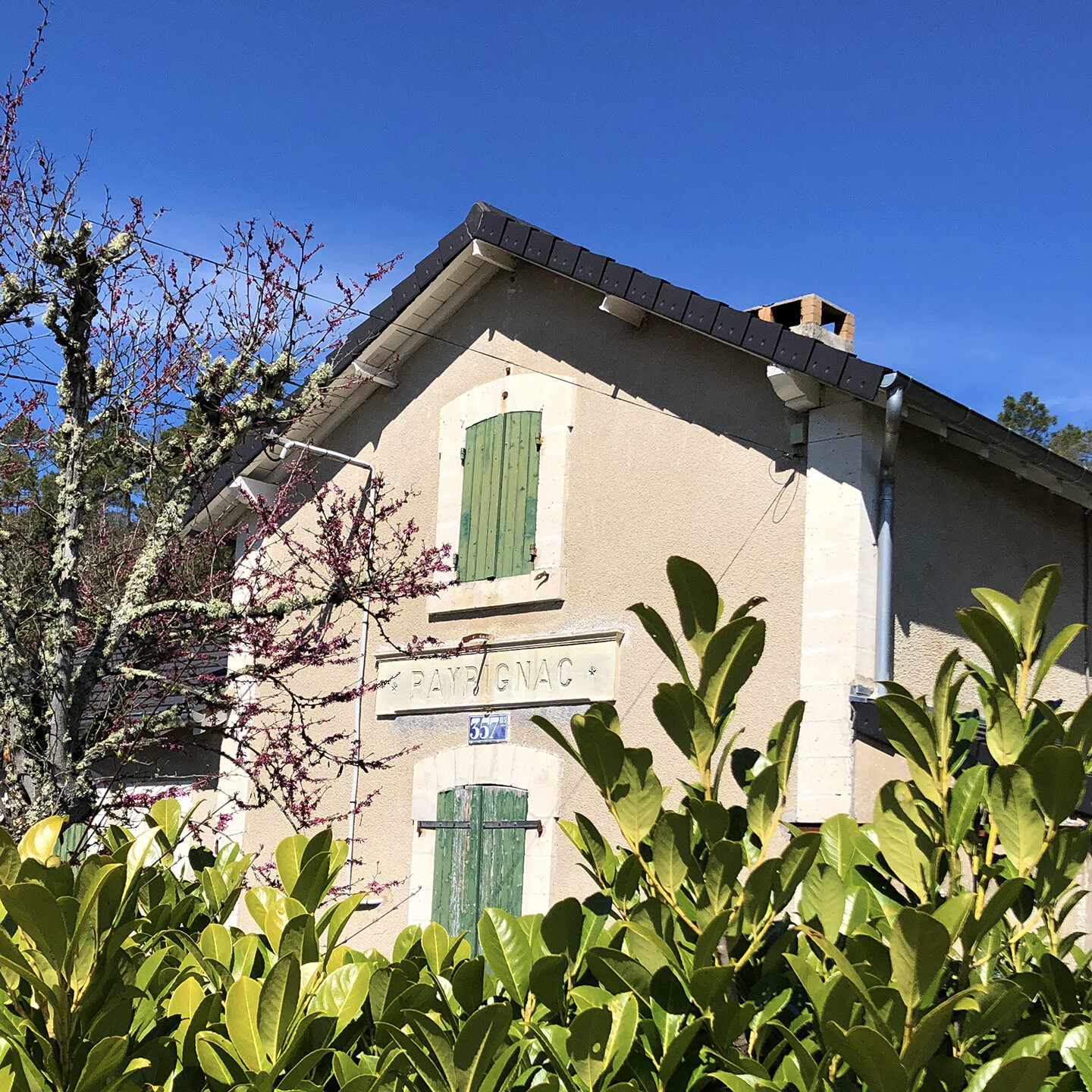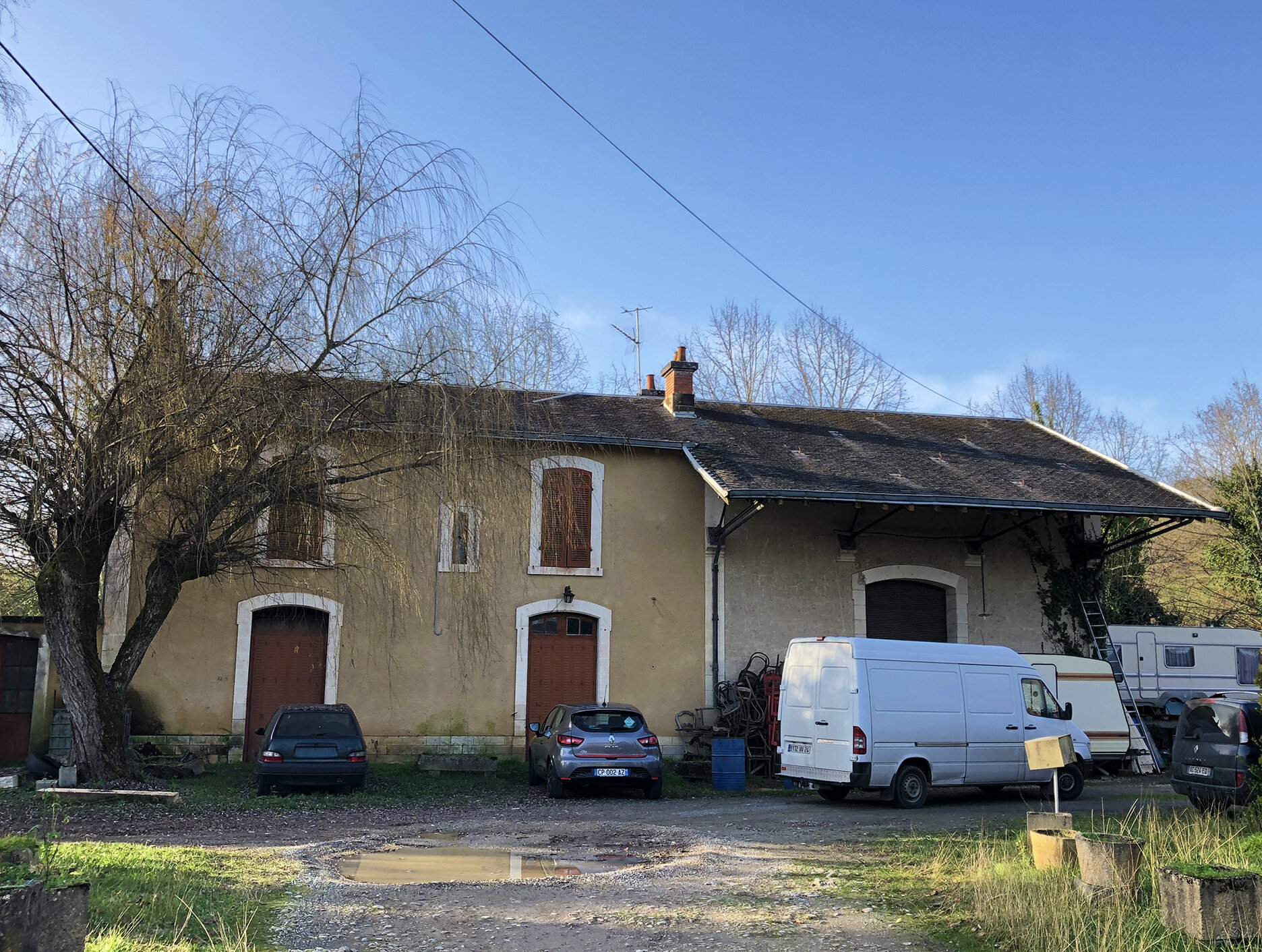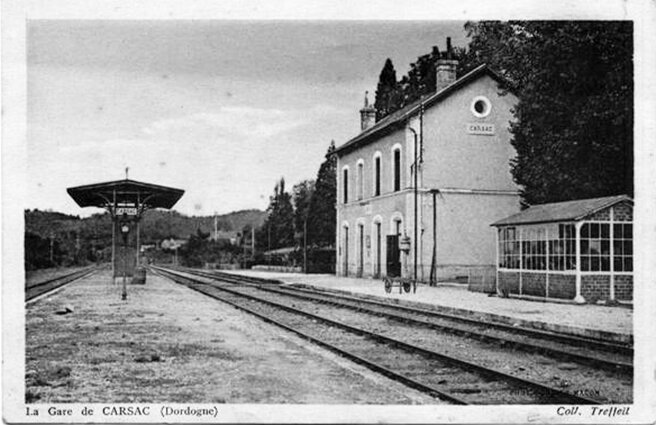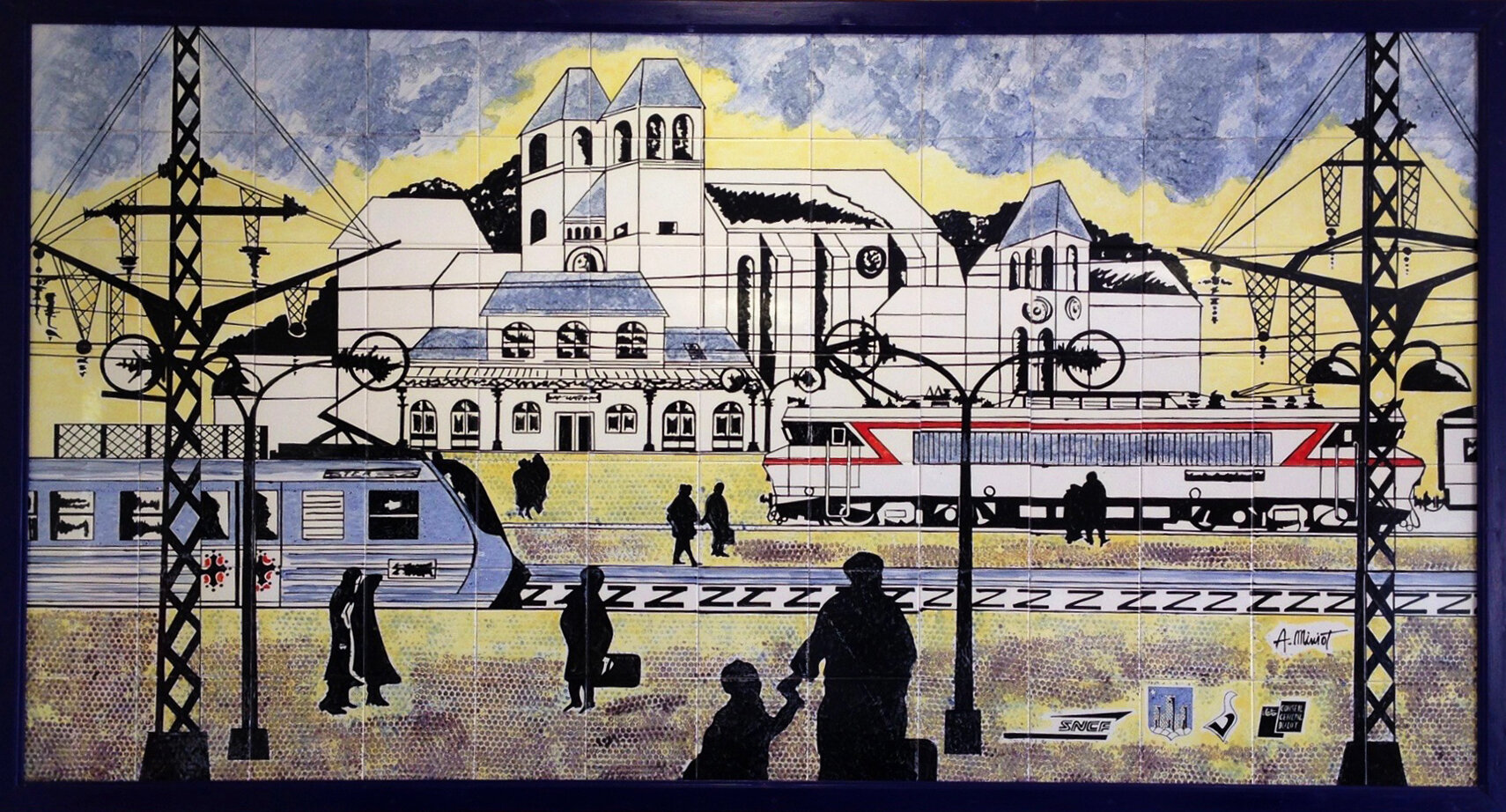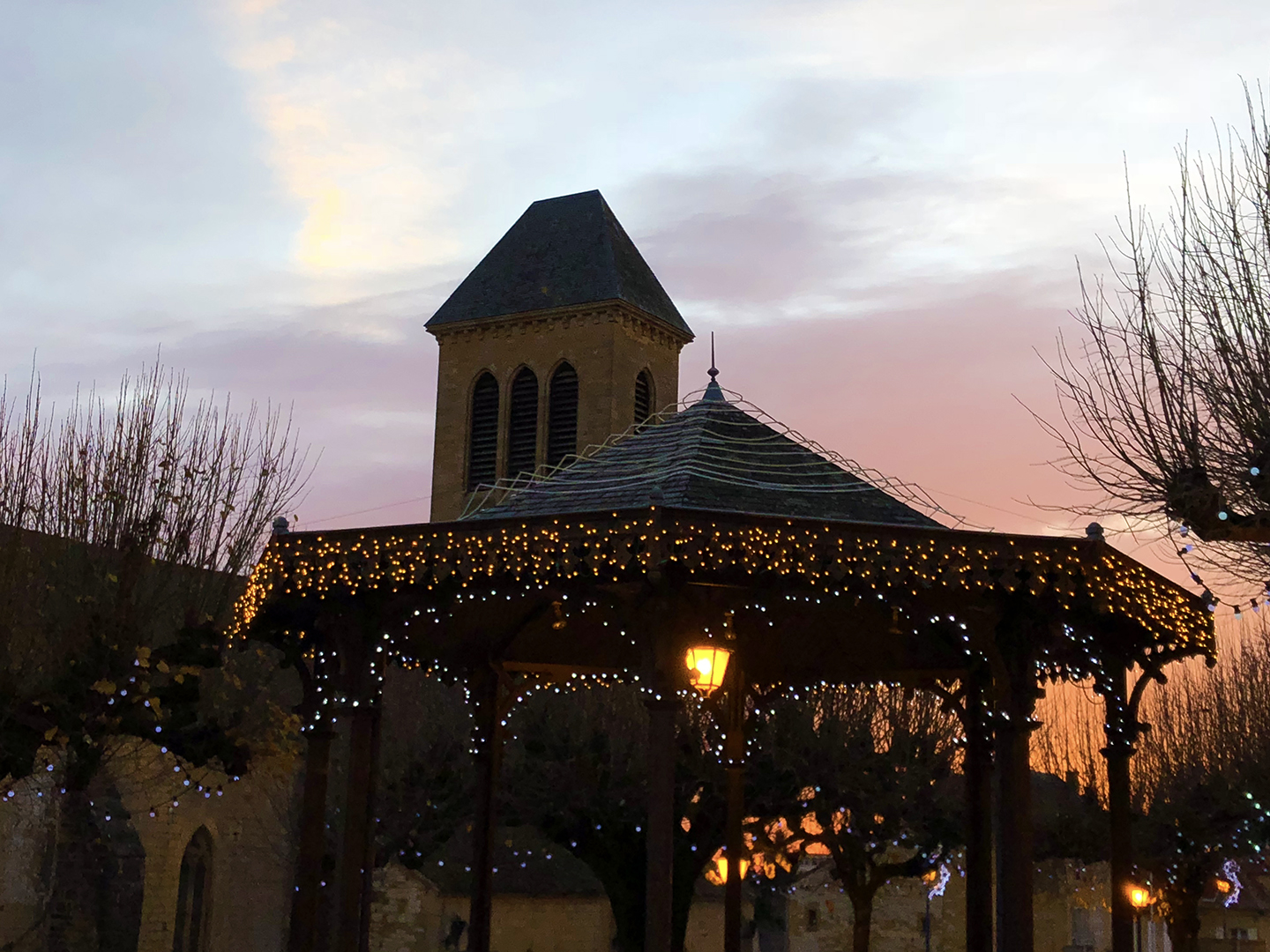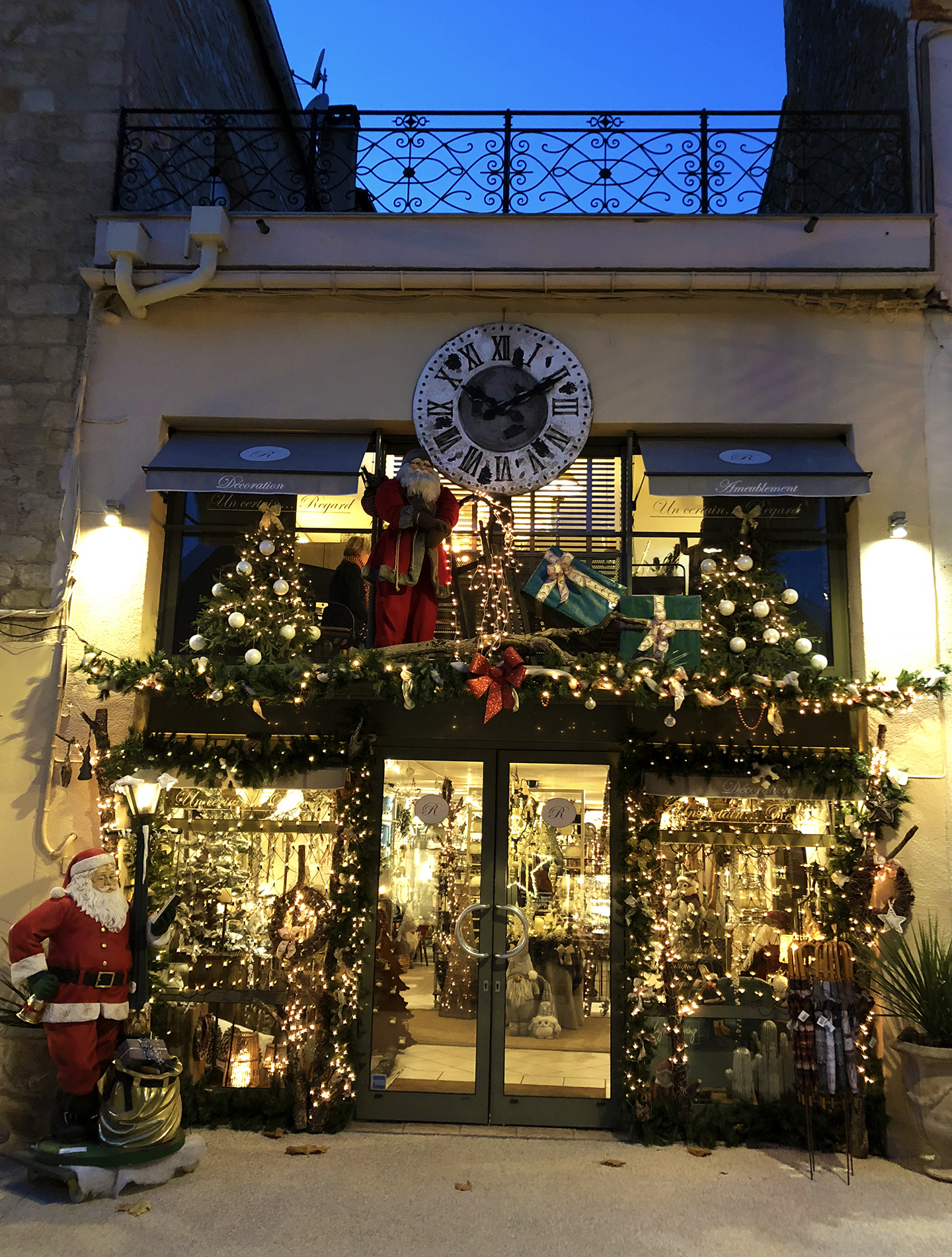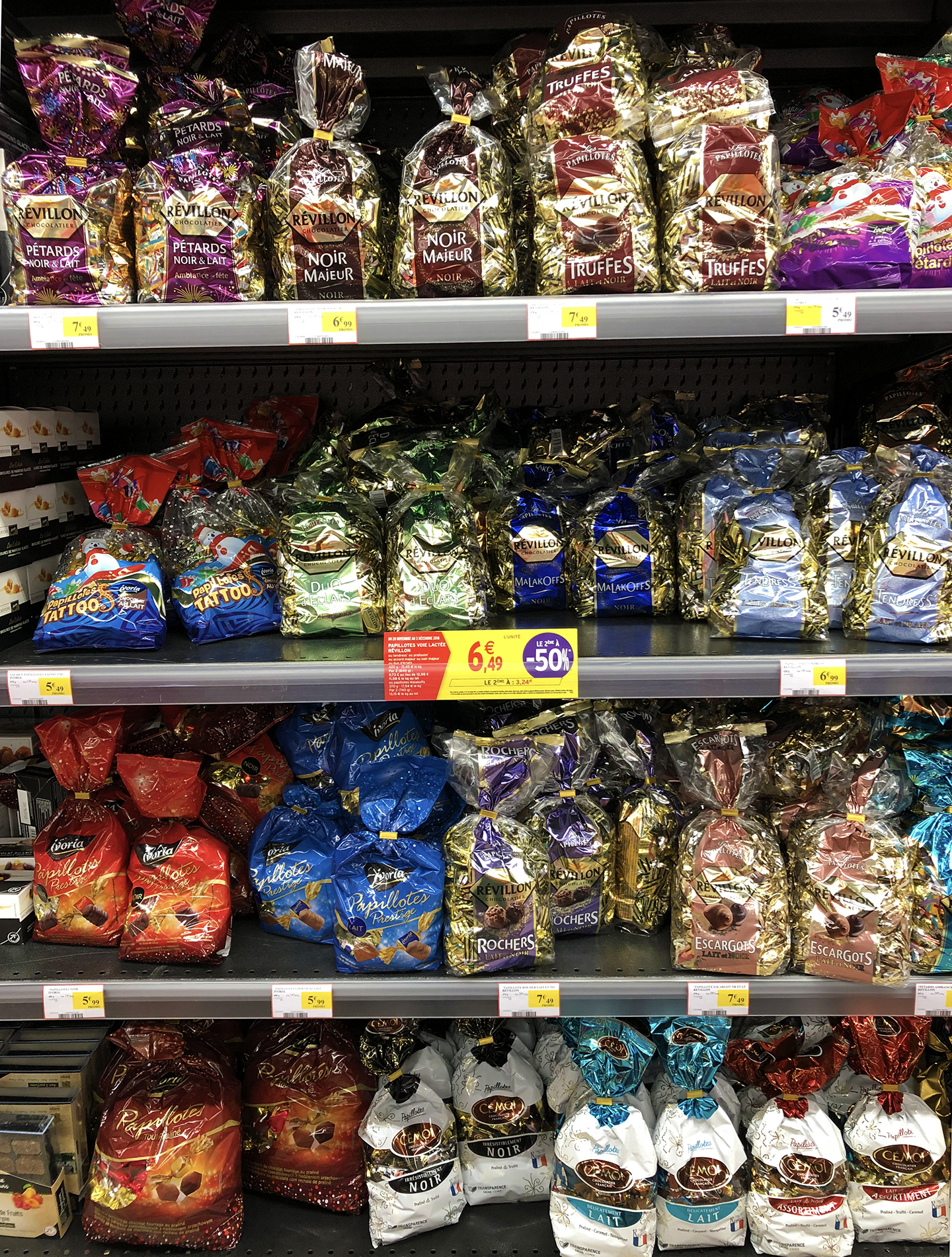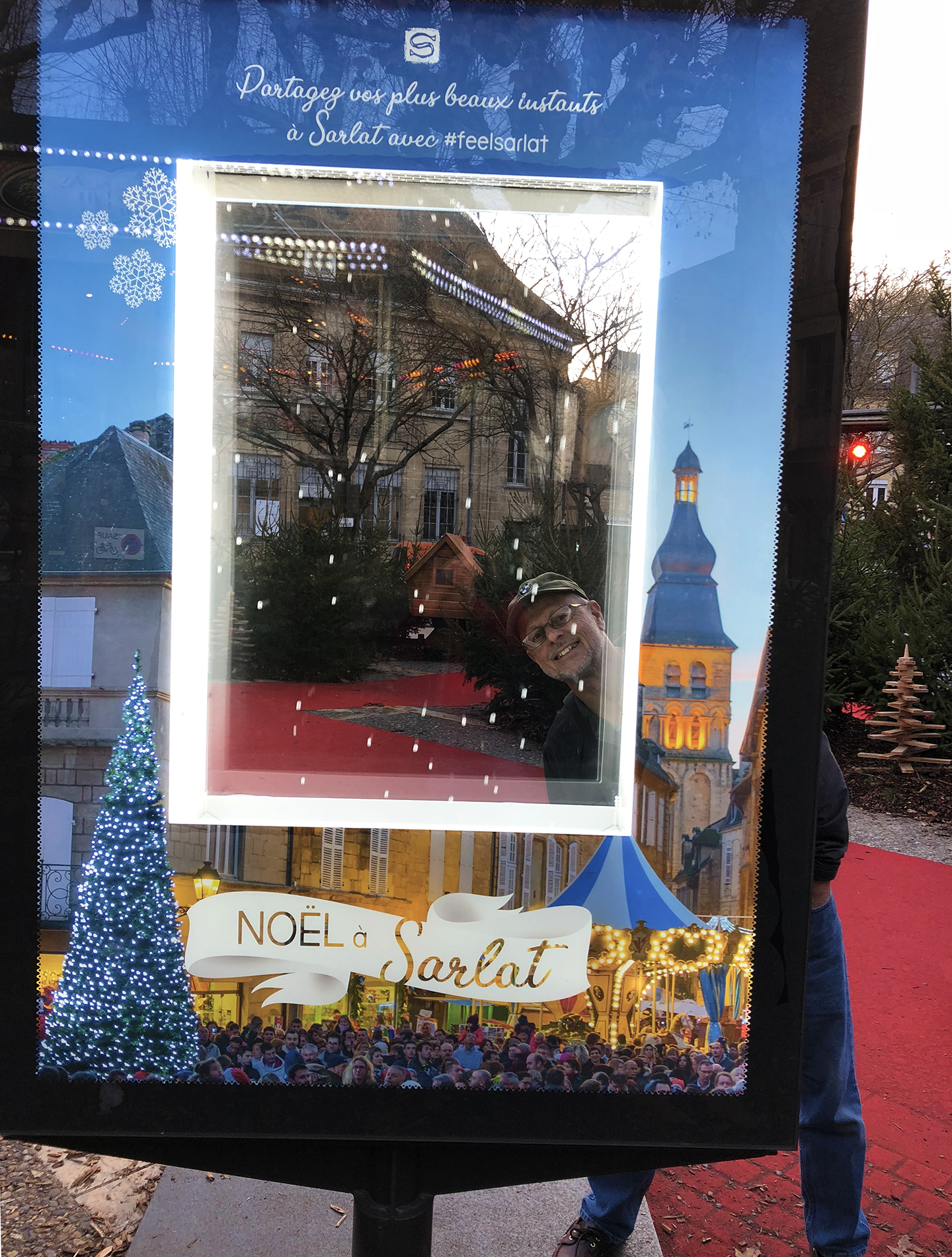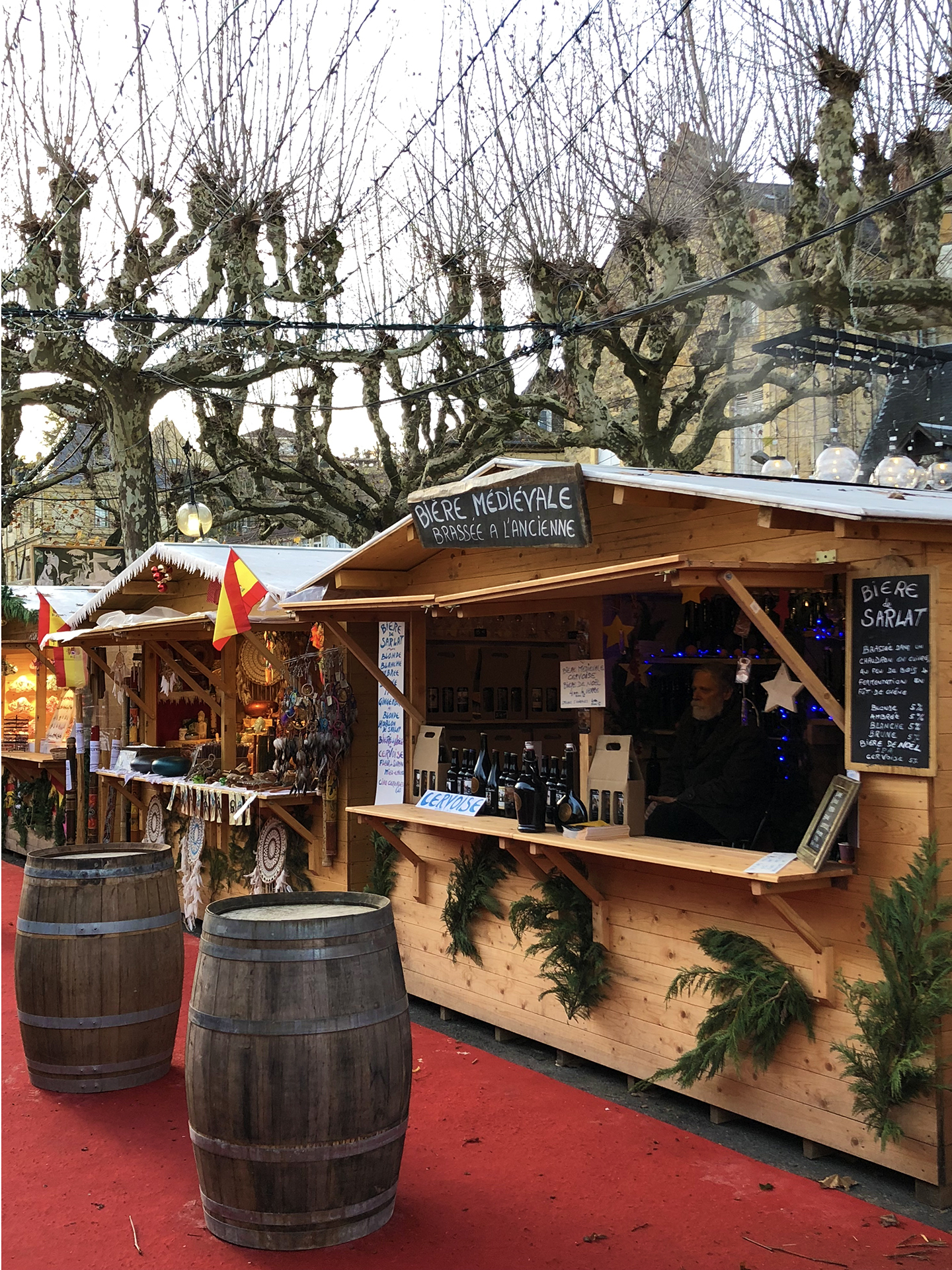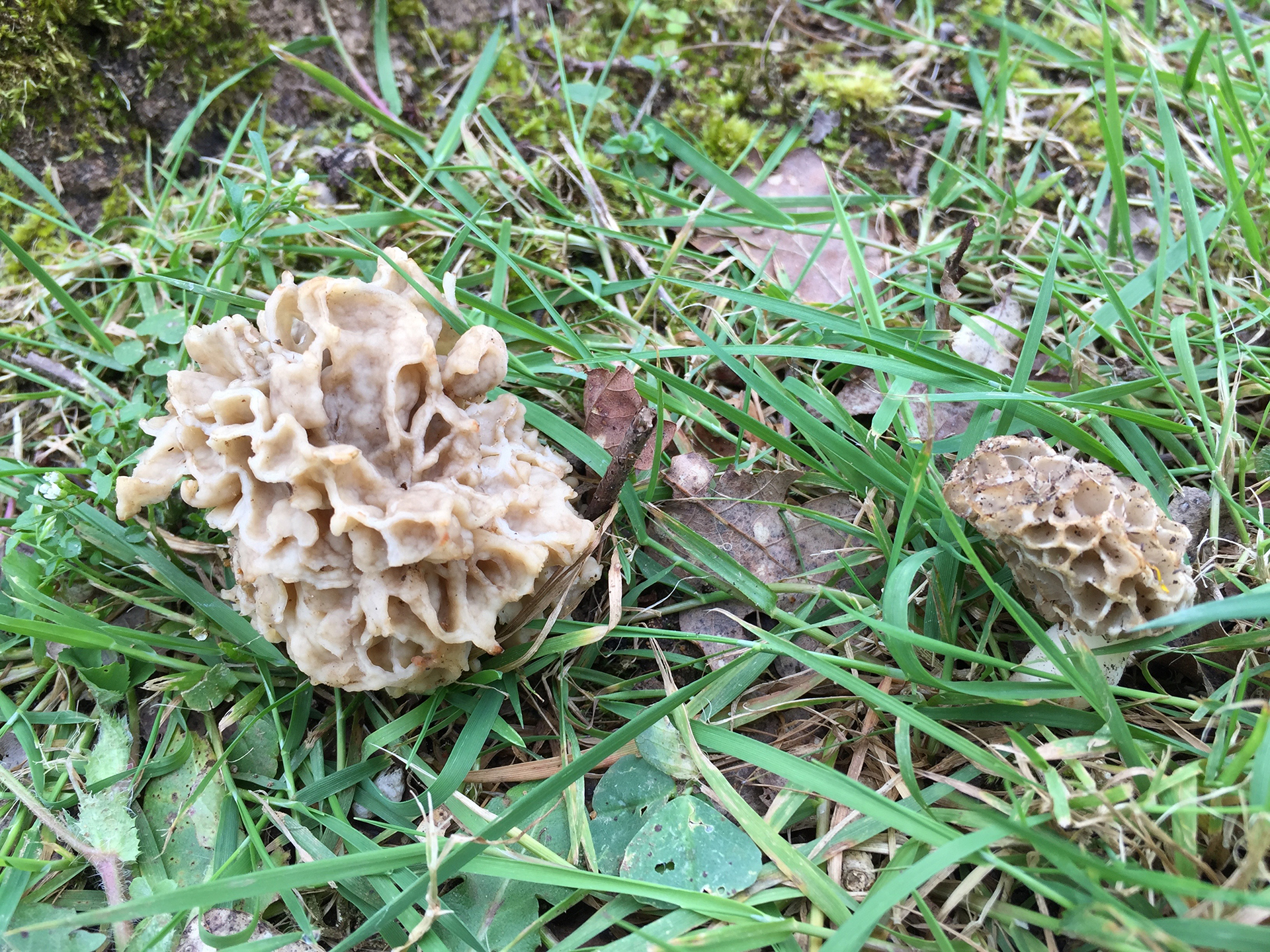Our annus horribilis will soon be over. Although 2020 started full of travel promises (the US! Vietnam! Spain or Italy! Paris!) it petered out very quickly. I haven’t logged so few air or land miles since 1976; I didn’t even spend one day in Paris. In fact, my thirst for travel was only quenched by drinking out of my Amora mustard glasses and checking “Blursday” on my Venice calendar. Not surprisingly the number of travel photos in my camera roll is shockingly slim this year. And yet, I found many fine shots to illustrate that there are gems to be found even during une année merdique. Let’s roll the tape.
January in Cahors. Since our return to France, we’ve become quite familiar with downtown Cahors. It’s the administrative center of the département so we’ve made several trips to the préfecture to solidify Rick’s status as a permanent resident. Our January meeting was the penultimate appointment before he received his carte de séjour. Fifty yards south of the préfecture, the newly renovated covered market welcomes a nice selection of local vendors who offer superb foodstuff. Best of all, the original architecture of the 1865 halle aux grains was beautifully preserved; the interior wooden frame is especially stunning.
La Halle de Cahors
February in Sarlat. I was Desperately Seeking Ridley in the Dordogne area as Sir Ridley Scott, his actors, and his crew set up shop in the famous medieval town while filming The Last Duel. Our house lies a mere 14 miles from Sarlat but I admit to limiting my visits in the Old Town to the off-season when tourists are away. February is always quiet: most of the art galleries and souvenirs shops are closed and only locals seem to populate the terraces of the cafés to warm up their hands around a cup of chocolat chaud. Nobody straddles Les Trois Oies, the bronze statue standing in the middle of the traditional goose market square, and Le Badaud can leisurely contemplate the empty cobbled market street below.
Statue by Gérard Auliac. Le Badaud sits on a short wall dominating place de la Liberté.
March in Eureka. Our yearly stay in California was cut short and I barely managed to take a road trip to Eureka with my friend Andria. As the Executive Chef at the now-shuttered Restaurant 301, her daughter treated us to a special dinner and a stay at the Carter House, a faithful replica of the San Francisco Murphy House that was destroyed in the 1906 fire (Mark Carter found the original blueprints in a Eureka antique store and decided to rebuilt it downtown.) Being the only guests, we had the whole mansion for ourselves! Although Eureka is showing signs of gentrification, the small coastal town remains a study in contrasts: a stone throw from the vacant lots that border the slightly gritty waterfront, one can’t miss the imposing Carson mansion, allegedly the most photographed Victorian structure in the US. With gables, turrets, and gothic elements, the Carson House reminded me of a Hollywood haunted mansion, especially when I captured its reflection in a stained-glass window across the street, on the porch of the Pink Lady, another Queen Anne-style marvel.
A spooky Carson mansion reflected in a parlor window of the Pink Lady.
April in Payrignac. Except for essential shopping at the grocery store or pharmacy, the whole month was spent at home or within one kilometer from the house. Of course, Mother Nature inflicted us with perfect weather during the lockdown. Permission slip in hand, our one-hour allotment of exercise time provided me with an opportunity to focus and photograph what I could (re)discover in my immediate surroundings. I walked the same roads and trails that defined my grandmother’s whole universe a hundred years ago when a trip to town was a rare and cherished adventure. Her regular activities included going to school (she passed the Certificat d’Études exam, which was a big deal at the time,) herding sheep, helping her parents at the farm, and carrying the laundry to the lavoir in a wheelbarrow. Chatting with other girls and women while washing clothes was the best way to exchange news and gossip, before Twitter.
Le lavoir du Malpat, one of eleven public wash houses around the village.
May around the farm. Flowers were spectacular during the spring. Mom’s patch of muguet keeps getting larger and we had an early bumper crop; it was pretty much spent by the time La Fête du Muguet rolled around. It’s still traditional to give a sprig of lily of the valley to family and friends for good luck but, on May 1st, floral shops were not yet allowed to open. Unfortunate timing when everybody could have used some good fortune. Fields all around us were blanketed with red coquelicots. As a little girl, I was very fond of poppies and would make it my mission to “help” them bloom: I’d peel off the green buds to unfurl the crumpled petals inside. The flowers were never quite ready for their close up and would shyly reveal their chiffon skirts in shades of light red, pink, or even white if I had rushed them along too much. I still take photos of poppy fields every year. But, this year, the Best of Show Award in the Horticultural category was bestowed to the glycine that graces my cousin’s old house a hundred yards away. Thankfully, it survived her extensive renovation!
Wisteria at Catherine’s house
June in Gourdon. Finally, a quasi-normal month. All travel restrictions were lifted and, within days (hours?) I started encountering Belgian, Dutch, and German speakers at the grocery store. Hearing English doesn’t “count” because many Brits live here year around; it’s not an accurate indicator for tourism. With a flip of the switch, life in Gourdon became festive again, especially on Thursday nights when artists and troubadours performed while strolling in the circular boulevard. We even had a mini-version of the annual Fête de la Musique. It was very exciting to see the streets fill up again and to chat with friends en terrace. Our dachshund Lily even joined us at the cafés and was on her best behavior, a sure sign that she wanted to do her part and support la réouverture des restaurants.
A fabulous strawberry tartlet served on a Distillerie du Périgord placemat. A nod to one of my former suppliers: their Guinettes cherries in liqueur were featured in every Joie de Vivre catalog I published.
July around the farm. Rick likes to keep busy around the house and the property. There’s always a field to mow, wood to chop, stone blocks to move… Besides general maintenance, he also likes to tackle one “big” project each year. This time, it was the renovation of the rabbit hutch. The original structure consisted of four stone walls, sitting on a dirt floor, capped with a sad-looking corrugated fiber cement roof. Rick’s goal was to make it larger and taller so it could accommodate a barbecue area and a storage shed for the tractor, trailer, and garden tools. He also wanted to anchor the new roof to the garage wall to construct a carport. After consulting with a local mason, we concluded the old stone walls were so unstable and crumbly that they would need to be dismantled and rebuilt. We opted to have him pour a concrete slab and build new walls with cinder blocks; they would get stuccoed to blend in with the garage and the house. Rick’s contribution was to design and build the roof from scratch. He picked up fir beams and boards that he cut, notched, sanded, treated, stained, and assembled himself. I think he was a carpenter in a previous life. Do I hear the Notre-Dame engineers calling his name?
Rick in his forest… The wooden framework was then covered with clay tiles like the house.
August in Payrignac. Many people had to adapt and to rethink the way they work to make ends meet this year. Our favorite local band has continuously reinvented itself over the past 45 years. When I was a teenager, their rendition of French pop songs enlivened many of our Saturday nights. Ten years later, the band repertoire took a hard turn toward Rock n’ Roll. In the early 90s’, they morphed again to showcase –wait for it– musette accordion dance songs. Although that style of music was hugely popular with older French folks, I’m not too sorry I overlooked that phase of their career… Their latest reincarnation: a Mariachi band! When they’re not playing on a Seine cruise, in a hotel in Morocco, or at the Festival des Lumières in Lyon, they bring their charro outfits, sombreros, and instruments to the Payrignac restaurant for the annual Fiesta Mexicaine. I believe this year’s edition was even more successful than the previous one: the chef was no longer attempting to make Mexican food!
Embellished charro pants. ¡Viva Mexico!
September in the Loire. Road trip! One of my cousins lives near Anger and had been begging us to drive up and visit. We had spent some time in the Loire Valley before but had not explored the Maine-et-Loire. I booked a Bed-and-Breakfast in Azay-le-Rideau for a couple of days and it turned out to be the perfect spot to catch some of the sights we had bypassed on previous trips. The lovely chateau sits in the middle of town, with parks and the Indre river nearby. The absence of crowds is the only upside of the pandemic. We toured the chateau at our leisure and it felt remarkably intimate and livable. If Azay is a study in elegance, the Angers castle is quite austere and shows its military origin. The city is full of architectural marvels, from medieval homes to Haussmannian buildings. The Art Deco glass roof at the Galeries Lafayette is magnificent. While staying at my cousins’, we also took several walks along the Maine and Mayenne rivers. Just down from their house, one can reach a section of Eurovelo 6, a 4,450 km-bicycle itinerary that links Saint-Brévin-les-Pins on the Atlantic coast to Constanta on the Black Sea. Something to keep in mind if you’re up to pedaling through ten European countries…
Locks of La Roussière on the Mayenne river
October in Milhac. Fall at the farm comes in different shades of brown: the light brown of walnuts, the medium brown of cèpes mushrooms, the reddish-brown of chestnuts. So, I harvested walnuts, found a few cèpes, and (carefully) picked chestnuts. The problem with chestnuts is that they are so difficult to peel. We went to a chestnut festival and I tasted chestnut cider for the first time: it’s just cider combined with some chestnut liqueur. As luck would have it, you don’t need to peel the chestnuts to make liqueur… I’ll be ready to bottle mine in a couple of weeks. Chestnuts were on the menu again during our monthly hike with other villagers: our walk started through some thick groves, leaves rustling and nuts rolling under our boots. A couple of miles later, we were surrounded by tall ferns and old oak trees. After crossing a stream and reaching a little valley, I paused to admire the perfect little chateau of Milhac: with its ochre walls and russet roof, it stood in complete harmony with the Autumn foliage, the yellow cliff, and the dry corn stalks below.
Château de Milhac
November in Gourdon. This was perhaps the strangest month of the year. It was the month that couldn’t decide what to be. One day was clear and balmy, the next was hazy and humid. Cafés were open, then they were closed. Supermarkets could sell books, then they couldn’t. Gift shops started setting up their holiday displays only to lock up that same weekend. In the old Gourdon, the streets were empty again: only a few cats were out and they often wanted in. The second lockdown surprised no one. Although it was not as strict as the first one, it felt more “messy,” uncertain, and paralyzing. After watching the Covid indicators peak, go down, and ultimately plateau at a higher level than Macron’s target, the French decided to get ready for Christmas anyway. Trees were bought and decorations went up. The winning trio of foie gras/smoked salmon/escargots was well stocked in all supermarkets. Oysters were everywhere and we’re not even close to the coast. With restaurants not opening before January 20 at the earliest, food stores bet that we would buy even more holiday-type food to eat at home. City Hall encouraged people to decorate their doors and windows with home-made decorations. The usual garlands of lights were strung in the streets and around lamp posts. Wooden reindeers, a present-loaded sleigh, and a snowy chalet magically appeared by the gazebo overnight. The town might have looked as festive as last year but it was hard to take notice: everybody looked inward and the mood was off.
Signs to direct holiday traffic. I didn’t meet any elf or fairy. Maybe they forgot their permission slip?
December from my office window. In the late 60s, I was fascinated by the Apollo missions and briefly considered becoming an astronaut. I quickly realized that, unlike Valentina Tereshkova or Sally Ride, I wasn’t born in the right country for space travel: persistence would be futile. Nevertheless, I still get excited when rare astronomical events are announced: a bright comet, a full solar eclipse, shooting stars galore… December 21st was the day of the great conjunction when Jupiter and Saturn were closer than they had been since 1623. My binoculars and I were ready to observe what promised to make this Winter solstice memorable. Zut! It turned out to be a cloudy night, a fitting way to conclude a year filled with disappointments. The next afternoon, while finalizing our Christmas menu in my office, I looked up and noticed the dark silhouette of the woods cutting through bands of orange, pink, and purple: it was just past 5pm and the sun was finishing its daily course behind the western hills. Less unusual than a great conjunction but perhaps more satisfying after all because sunsets always remind me of The Little Prince, the first book I ever read. His planet was so tiny, the lucky guy could watch sunsets continuously simply by moving his chair a few steps. He took pleasure in the little things and knew what was essential. Shouldn’t he be an inspiration for us all?
“Allons voir un coucher de soleil…” Le 22 décembre 2020 à 17h29.
It’s a wrap! See, it was not such a bad year after all, although I realize we were a lot more fortunate than many, many people. Out with the old, in with the new! I wish you all an annus mirabilis for 2021.
Vocabulary
Dans le retro: in the rearview mirror
Annus horribilis: (latin) horrible year
Une année merdique: a shitty year
Le département: county
La prefecture: administrative center
La carte de séjour: resident card
La halle aux grains: covered grain market
Le chocolat chaud: hot cocoa
Les trois oies: the three geese
Le badaud: bystander
Le Certificat d’Études: primary school completion exam
Le lavoir: wash house
Le muguet: lily of the valley
Le coquelicot: poppy
La glycine: wisteria
En terrace: at a café, outdoors
La réouverture: reopening
Zut: yikes, drat
Annus mirabilis: (latin) wonderful year
To feed your dreams of France and plan your next trip, please consider buying a copy of my book Moments Parfaits in Paris, where you’ll explore every arrondissement through forty photographs and essays. Hint: it’s also a thoughtful gift for this dear Francophile friend of yours… When you purchase the book, I will mail you a signed bookmark from France and stamp your envelope with this stunning timbre Trésors de Notre-Dame. Merci! Your support helps me maintain this blog.
Buy a copy of Moments Parfaits in Paris: I'll mail you (from France) a signed bookmark in an envelope bearing this collectible Trésors de Notre-Dame stamp!


